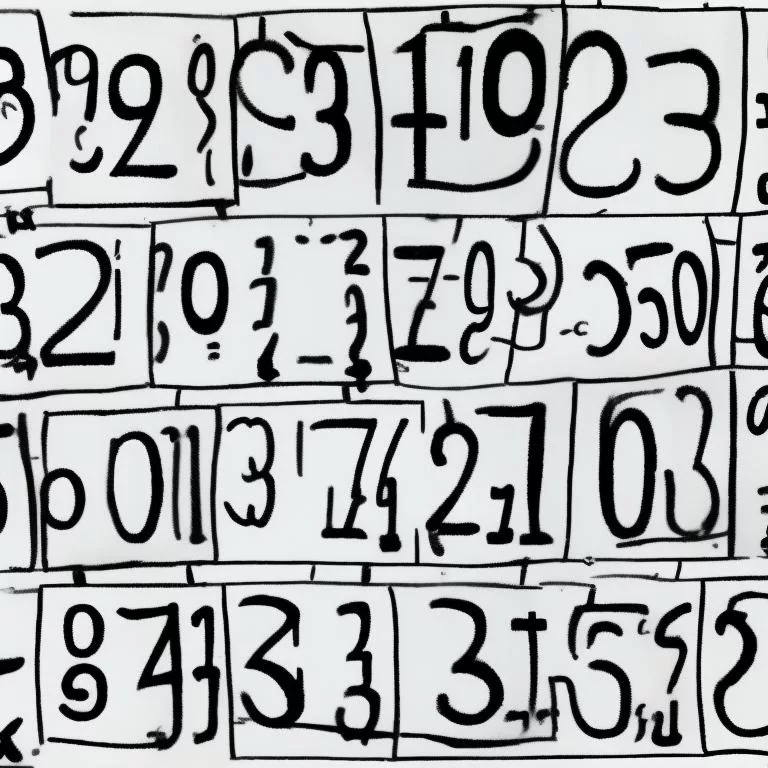In C#, variables and data types are fundamental concepts that form the building blocks of any program. Variables act as containers for storing data, and each variable is associated with a specific data type, indicating the kind of information it can hold. Let’s dive into the basics of variables, common data types, and how they contribute to the C# programming language.
Variables in C#
In C#, a variable is a named storage location that holds a value. It is declared with a specific data type, and the type determines the nature of the data the variable can store. Here’s a simple example:
int age = 25; // Integer variable
double salary = 50000.50;// Double-precision floating-point variable
string name = "John"; // String variable
bool isStudent = false; // Boolean variableIn this example, we’ve declared variables such as age, salary, name, and isStudent, each assigned a specific data type. The int type is for integers, double for double-precision floating-point numbers, string for text, and bool for Boolean values.
Common Data Types in C
C# supports various data types designed for specific use cases. Here are a few common ones:
- int: Represents integer numbers (e.g.,
5,-10,100). - double: Represents double-precision floating-point numbers (e.g.,
3.14,-0.5). - string: Represents sequences of characters, commonly used for text (e.g.,
"Hello","C#"). - bool: Represents Boolean values, indicating
trueorfalse.
Understanding and appropriately using these data types are crucial for writing robust and efficient C# code.
Operators in C#
Operators are symbols that perform operations on variables and values. They enable us to manipulate data and make decisions in our programs. Here’s a brief example of some common operators:
int x = 10;
int y = 5;
int sum = x + y; // Addition
int difference = x - y; // Subtraction
bool isEqual = x == y; // Equality checkThese operators allow us to perform arithmetic operations, make comparisons, and control the flow of our programs.
Conclusion
In this post, we’ve explored the basics of variables, common data types, and operators in C#. As you progress in your C# journey, a solid understanding of these concepts will pave the way for more advanced programming techniques. In the next post, we’ll delve into control structures like if statements and loops, taking our C# skills to the next level.

Leave a Reply